100, 200, even 300€ for a bottle... Treating yourself to a perfume can be expensive and we understand that you might think twice before taking the plunge. Especially since ultimately, between us, do you really know what you are paying for ?
Prepare to be surprised! Bastille explains the underside of the cards and tells you:
- What factors explain the price of your perfume
- What is the relationship between the price of a fragrance and its quality (spoiler: this is not necessarily what we expect)
- How are things going with us!
Let's start by finding out together what's behind the cost of a perfume.
From raw materials to shelves: what really happens in a bottle
1. Raw materials and the manufacturing process: the main culprits?
Creation time
To begin with, know that a perfume is the culmination of a creative process which can last several years: perfumers sometimes spend 2 years or more to find the right balance between the raw materials! This time dedicated to research is therefore very costly in terms of financial and human resources.
Especially since certain major perfume brands also choose to launch "competitions" between the composition houses which create their fragrances... Competitions in which you sometimes have to pay to be able to participate! An additional cost that the composition house which wins the project risks having to pass on in its selling prices .
The quality and naturalness of raw materials
 Then, raw materials - whether natural or synthetic - also have an impact on the price of your perfume. You should know that on a perfumer's organ, there are around 4000 different notes, 90% of which are synthetic . These are generally less expensive than natural raw materials, although there are exceptions. More concretely, what are we talking about?
Then, raw materials - whether natural or synthetic - also have an impact on the price of your perfume. You should know that on a perfumer's organ, there are around 4000 different notes, 90% of which are synthetic . These are generally less expensive than natural raw materials, although there are exceptions. More concretely, what are we talking about?
Quite simply, natural raw materials must be patiently grown, harvested, and then transformed into essential oils or absolutes through various distillation or extraction processes. That’s already a few steps, sometimes very costly ! (To find out more about the difference between natural and synthetic raw materials: click here ).
Then, some materials may be more expensive than others, due to:
- of their rarity: oud, for example, is one of these extremely rare raw materials. Rare in that very few Aquilaria trees (one specimen in 100) contain oud resin, secreted by the tree when infected by certain fungi. This very rare raw material is obtained today by artificially inoculating this fungus into certain trees. For natural oud resin, count on around €40,000 per kg.
- the conditions under which they must be harvested: for example the Centifolia rose can only be harvested by hand due to its delicacy; the iris requires 6 years of waiting to produce a harvest of absolute sound! Count on more than €50,000 per kg for this beauty: it is not for nothing that it is called the blue gold of perfumery.
- and finally, their yield : for example, 400 kilos of Centifolia rose petals yield 1kg of concrete and 0.6kg of absolute. This explains its high price, which fluctuates between €10 and €12,000 per kg.
Perfume concentration
After the selection of the raw materials and their maturation which can take several days, it is time to put the perfume concentrate into alcohol . This step also plays a role in the final price of your fragrance. Here, the rule is rather simple: alcohol being much cheaper than perfume concentrate, the higher the concentration of a perfume, the higher its price is likely to be too !
 Between perfume, eau de parfum and eau de toilette, your fragrance will not be offered at the same price on the shelves. To better understand :
Between perfume, eau de parfum and eau de toilette, your fragrance will not be offered at the same price on the shelves. To better understand :
- In a perfume, the concentrate is generally present at 15% to 30% of the finished product.
- In an eau de parfum, between 12 and 15%
- In an eau de toilette, between 7 and 12%
Please note: this is a convention, that is to say a habit of perfume houses, but there are no strict rules on the subject! Furthermore, some brands have the unfortunate habit of artificially “boosting” their concentration by adding solvent, inexpensive and olfactory neutral, to their concentrate. This allows them to claim a perfume concentrated at 20%, even though it contains 5 or 10% solvent...
To understand everything about these subtleties of appellations, go to our article: Eau de toilette vs. eau de parfum what's the difference?
On the other hand, even if these differences in concentration have an impact on the price you will be surprised to learn that the water and alcohol contained in your bottles really do not cost much and that in classic perfumery, the juice does not represent generally less than 5% of the final price of the perfume (it is often more in niche perfumery ).
And at Bastille? Here, we plead guilty: our raw materials are extremely expensive. For what ? We use organic wheat alcohol and 95% natural ingredients, which is rare in perfumery. In the end, we invest around 3 to 4 times more than average in the price of our raw materials to be able to offer you, for example, incredible Indian tuberose, elemi, etc. !
2. The bottle and the packaging: the rhinestones and glitter involved?
If the raw materials and the process are not everything, it is because there is something else to look for in terms of packaging. Some brands choose to bet everything on the bottle that will contain the juice ; in this case it can have a strong impact on the final cost of the perfume. Because a different, more luxurious, more original bottle has a price.
 Making a custom bottle is extremely expensive. Hold on to your seat belts: we're talking about €30,000, just to make a mold ! On the other hand, some brands go to great lengths to catch your eye with... shall we say, eccentric bottles - shaped like a trophy, a pump or even a star. You will therefore know that in general, this type of bottle involves higher costs.
Making a custom bottle is extremely expensive. Hold on to your seat belts: we're talking about €30,000, just to make a mold ! On the other hand, some brands go to great lengths to catch your eye with... shall we say, eccentric bottles - shaped like a trophy, a pump or even a star. You will therefore know that in general, this type of bottle involves higher costs.
On the other hand, even if the bottle can have an impact on the price, a perfume is difficult to see propelled to the top without a marketing and advertising budget.
And at Bastille? As we invested as much as possible in our ingredients, we chose to adopt a quality Italian bottle, while remaining minimalist - rather than imagining our own bottle which would undoubtedly have easily added 3 or 4€ to the budget per bottle. What paradoxically costs us the most in terms of packaging are our cases: each one is handmade in a Parisian workshop, with a hot gilding step to amaze your eyes. So of course, we could relocate to China to divide our cost by 4... But we are committed to made in France and to our title of champions of perfumery !
3. Marketing and advertising that reaches millions
Every year, around 400 new perfumes are created around the world . To stand out from the crowd, brands show a lot of imagination to sell us a certain dream... even if it means increasing marketing expenses, to the tune of 30% of the final price of the perfume . Even before briefing perfumers, large groups in particular already have a well-established marketing plan for the release of their fragrance!
Perfumes must tell stories, be associated with faces and symbols, ideally world stars known to everyone so that you can more easily identify with them.
To give you an idea : Natalie Portman was the muse of Miss Dior for 3 years for 28 million dollars. Jennifer Lawrence: $15 million for 3 years at Dior as well. Cate Blanchett: 10 million for a single campaign for Armani. Brad Pitt: 7 million for a television spot. Charlize Theron for Dior: 5 million per year. Bonus : for some time now, directors have also become more and more famous - we think of Spike Jonze at Kenzo, Sofia Coppola for Dior or even Wes Anderson for Prada... With so much effort put into marketing and advertising , we quickly understand why perfume prices are soaring!
Today representing 10% of the perfume market, these so-called confidential perfumes are shaking up the trends and the model in place. Certainly niche perfume costs (a little) more , but it is normally a guarantee of originality and quality !
And at Bastille? Full transparency: our marketing budget varied from €0 per month at the very beginning to around €1,000 per month in 2021 (excluding occasional shootings). We grant you, it’s still very small: it’s word of mouth that does the rest! And since we don't really intend to build a machine to generate millions of clicks on our site, there is no reason for this budget to explode tomorrow morning. We'll let you know when we hire Vincent Cassel, we promise!
4. Distribution: the real reason?
This is perhaps the least visible reason for the consumer, and yet it is the one that weighs the most in the final price: distribution. The first cost item in a perfume is often the margin of the distributors who include it in stores. Of course, they have to live: it is therefore normal that they ensure a margin for the service and the stores that they develop. On the other hand, with 75% of the market, 3 perfume brands well known to the French dictate the law of the market and some tend to push their margins far, very far... often beyond 50%! With margins negotiated based on the success and “desirability” of perfumes, large distributors may ultimately be the big winners in the perfume industry .
Furthermore, when you export, you often have to go through wholesalers or agents who add their margin to those of the stores. This is why prices are a little higher abroad for certain brands.
Finally, if the brand decides to open its own store, several costs must also be taken into account: between ensuring the payment of rent, sellers, and the need for inventory to ensure the running of a store, the invoice can quickly be reflected in the final price of the perfume.
Niche brands therefore generally choose a more minimalist distribution: they very often favor independent perfumeries, concept stores, and distribution on the internet.
And at Bastille? Today, we are present at around 70 resellers carefully selected for their taste for beauty and the values that we share. Fortunately, these are long-term partnerships with reasonable margins! On the other hand, the sustainability of our model truly rests on these two legs: in-store distribution, and our own online distribution. It is by mixing the two that we can ensure we continue to grow!
5. The psychological importance of price: the more expensive the perfume, the better the sales?
In the luxury market, price is a guarantee of quality. Despite the fact that perfume is a widespread product today, it nonetheless remains a luxury product in the consumer's mind. And luxury is something that has to be paid for. Instinctively, we tend to think that a high price is necessarily synonymous with quality . Which pushes certain brands to abuse our cognitive biases a little...

For example, some offer perfumes for €400. We can like it or not; For our part, we think that beyond 250-300€, we sometimes risk paying more for the "luxury" positioning than for the quality of the juice itself. It must be remembered: the price does not necessarily reflect the quality of the perfume!
It is not because a perfume is expensive that it necessarily contains only exceptional raw materials.
And at Bastille? Short answer: our perfumes are €95 for 50ml, so we are far from the “luxury” signal, even if it is already a high-end price. In reality, we wanted to stay below €100. This therefore required us to be inventive about the rest of our costs, to ensure we offer you the best at a reasonable price, and to democratize access to natural perfumery .
Is it possible to wear perfume at a reasonable price?
Yes ! Some brands are betting on offering fragrances at very affordable prices to show that they do not necessarily have to be expensive to be of quality.
But the real question we need to ask ourselves is: is it possible to wear perfume at fair prices? And the answer is yes. At Bastille, this is even our commitment: to offer you sophisticated, natural and original perfumes at fair prices .
We work with French, Italian and Spanish partners for the bottle, the decoration, the filling and our packaging. These choices do indeed result in higher costs, but thanks to our choice to limit marketing and distribution expenses, we have been able to focus on what matters most to us: the juice. We invest a large part of our budget in the choice of quality raw materials and give free rein to the imagination of our perfumers, who have carte blanche to choose rare and expensive ingredients.

The advice we give you for choosing wisely: pay attention to the brand's message. In this market, what the label says is not always proof of a quality perfume; it may reflect a desire to differentiate itself through a luxury positioning, or the cost of a brand that is too greedy in marketing expenses. So find out and the more the brand tells you, the better!
Skip the advertising campaigns, the muses, the bling bling bottles... Instead, trust your nose: open the bottle you covet, and let the juice convince you!
-------
Sources: Challenges.fr , La Quotidienne
Photos: Unknown, Jules Theret, Unknown, Nick Prideaux

 So we reassure you: it is still entirely possible to create quality perfumes at a fair price . This is what niche perfumery is trying to prove by going back to basics, putting marketing aside and focusing above all on the quality of the perfume. Far from Hollywood blockbusters, expenses that are not allocated to marketing and advertising are invested in rarer and more qualitative raw materials.
So we reassure you: it is still entirely possible to create quality perfumes at a fair price . This is what niche perfumery is trying to prove by going back to basics, putting marketing aside and focusing above all on the quality of the perfume. Far from Hollywood blockbusters, expenses that are not allocated to marketing and advertising are invested in rarer and more qualitative raw materials.





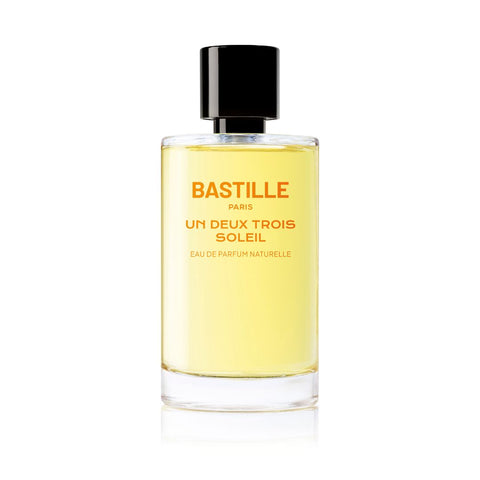
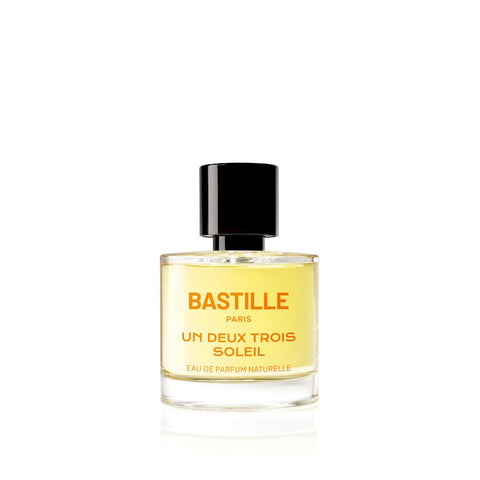

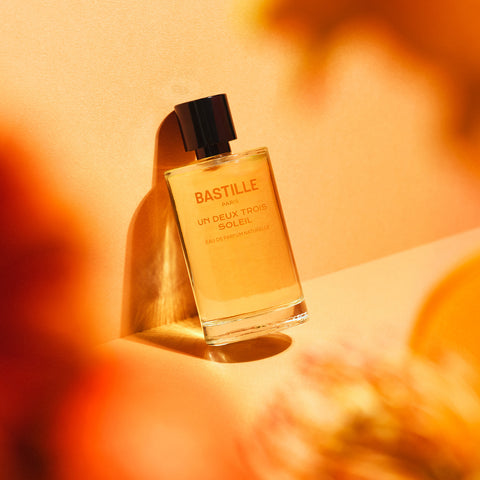
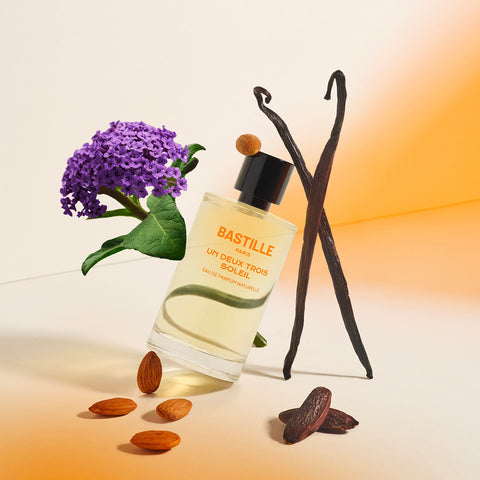
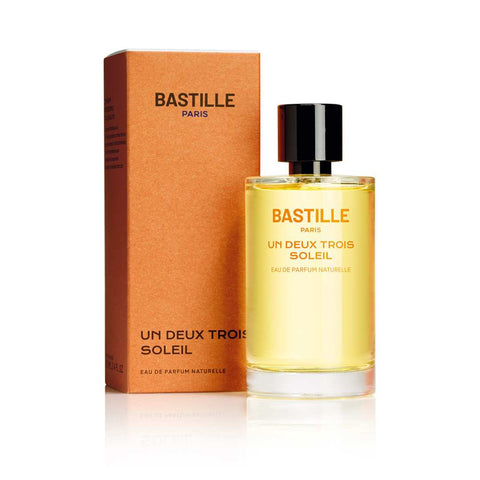
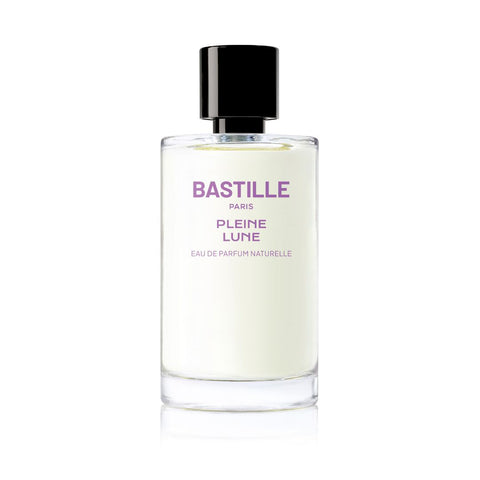
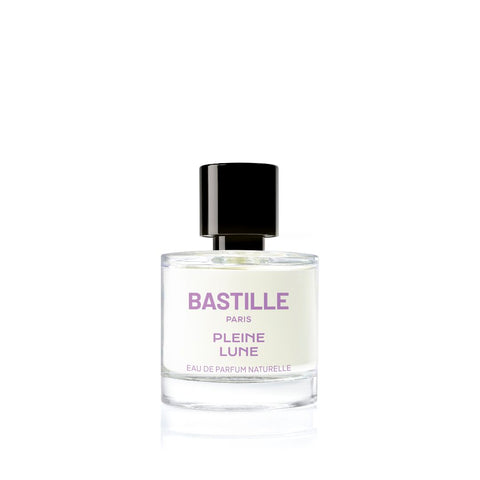
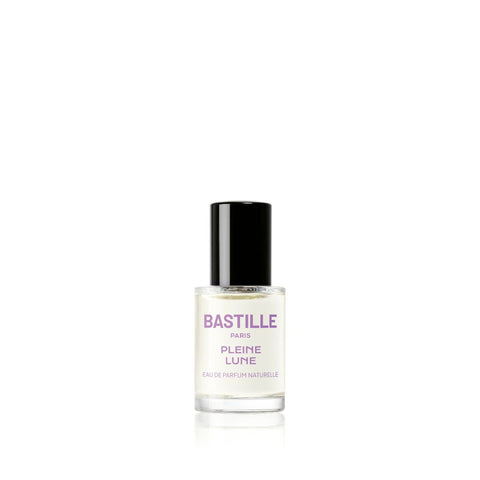
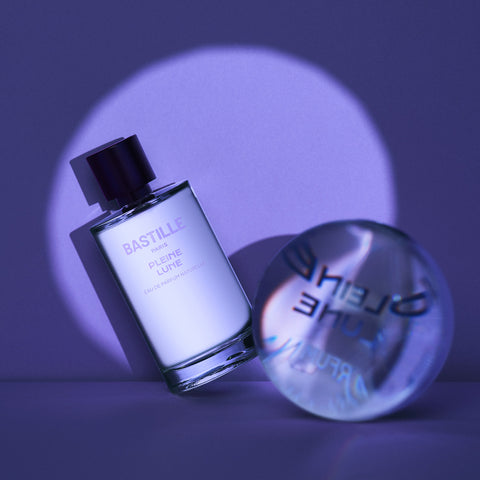
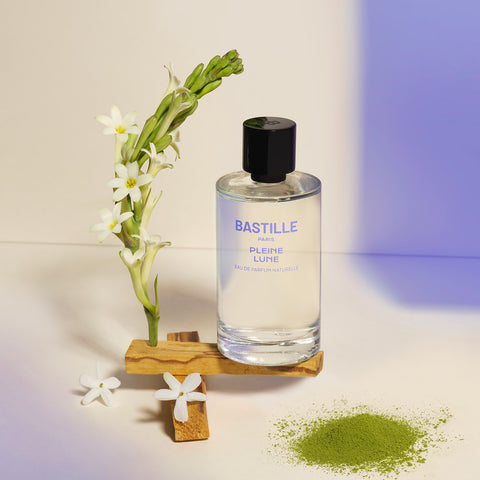
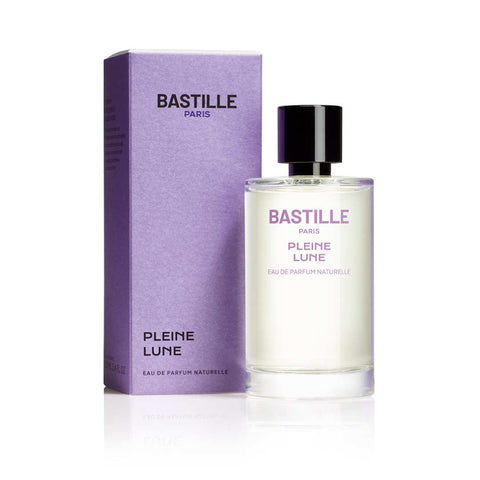
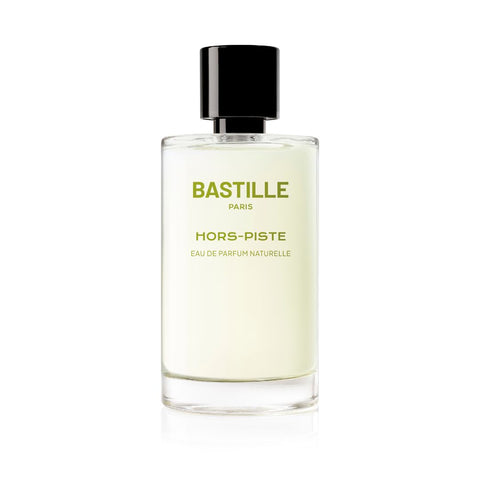
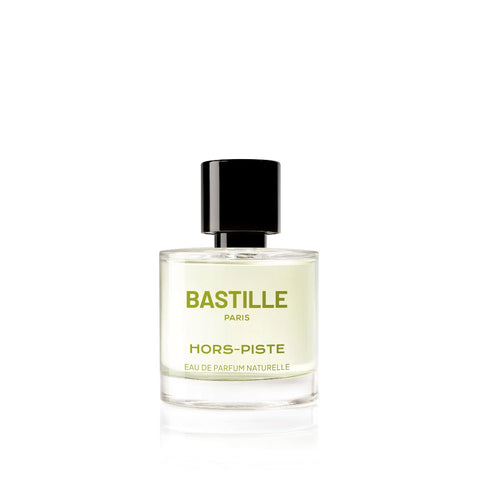

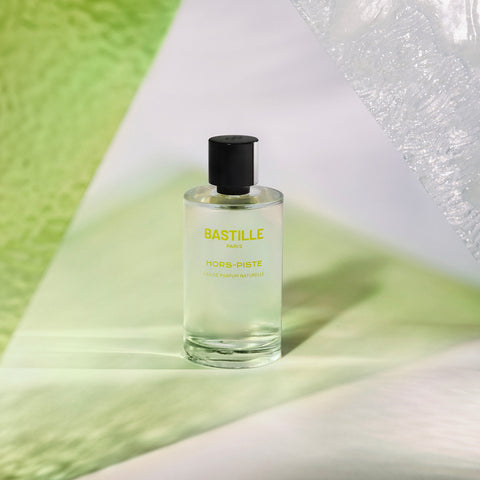

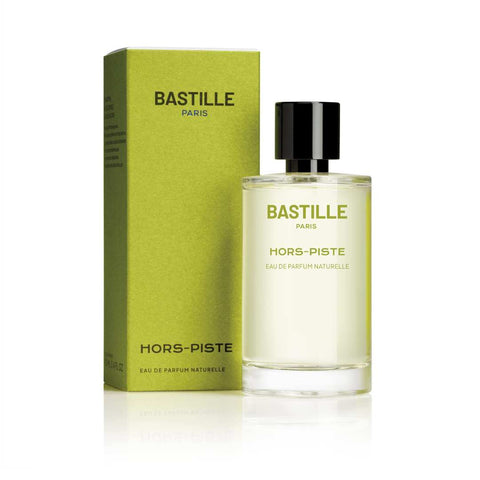

Comments (0)
There are no comments for this article. Be the first one to leave a message!